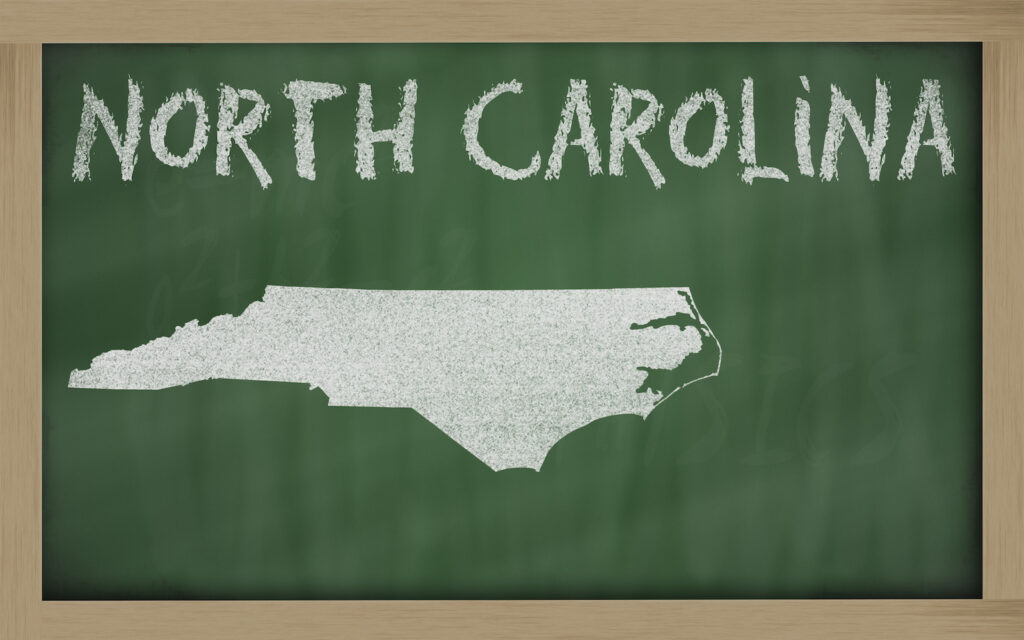Report: Teachers, state employees associations declining in membership in North Carolina
(The Center Square) – Teachers and state employee public associations had significant declines in membership between 2021 and 2022, a new North Carolina report says.
The state auditor’s…

(The Center Square) – Teachers and state employee public associations had significant declines in membership between 2021 and 2022, a new North Carolina report says.
The state auditor’s analysis offers a glimpse of the strength of public sector associations in North Carolina with official membership counts. The North Carolina Association of Educators lost 1,210 members over the year while the State Employees Association of North Carolina lost 1,012.
Figures are through Dec. 31. The 2022 numbers represent a membership decline for four associations and an increase for seven compared to 2021 figures.
The report released Tuesday, which is used to determine which qualify for automatic dues deductions, includes official tallies for a total of 11 state employee associations ranging in size from nearly 44,000 to 22.
The largest among them was the State Employees Association of North Carolina with a total membership count of 43,894, followed by the North Carolina Association of Educators with 24,994.
North Carolina law tasks the state auditor with identifying and certifying public employee associations with at least 2,000 members, 500 of whom are employees of the state, as well as associations with memberships of at least 40,000, the majority of whom are public school teachers.
Employees of those associations can request automatic payroll deductions for dues and other association contributions from their public employer.
The state auditor relies in part on total membership counts provided by employee associations, and “procedures were limited to verifying and certifying membership counts provided by the employees’ associations,” according to the report.
While the auditor “did not identify any employees’ associations with at least 40,000 members, the majority of whom are public school teachers,” nine that provided numbers had at least 2,000, 500 of whom were employees of the state or a political subdivision.
In addition to the state employees association and education association, others included the Southern States Police Benevolent Association (16,043); Teamsters Local 391 (7,814); North Carolina Public Service Workers Union (5,857); Classroom Teachers Association of North Carolina (3,827); Correctional Peace Officers Foundation (2,568); North Carolina Troopers Association (2,195); and the Professional Educators of North Carolina (2,167).
Two others did not meet the 2,000-member threshold: Teamsters Local 71 with 34 members, and the School Bus Driver Association with 22 members.
North Carolina’s right to work law, adopted in 1947, greatly limits the power of labor unions or associations by prohibiting membership as a condition of employment. The law also prohibits mandatory dues deductions from workers’ wages and outlaws collective bargaining.
In addition to the State Employees Association and the NCAE, the Correctional Peace Officers Foundation lost 331, and the School Bus Driver Association lost five members.
The Southern States Police Benevolent Association gained 1,411 members, the Troopers Association gained 1,086, Teamsters Local 391 was up 846, and the Public Service Workers Union increased by 123. Smaller increases included the Classroom Teachers Association with 24 more members, Professional Educators of North Carolina with eight more, and Teamsters Local 71 with two new members.
Gains at the trooper’s association moved the organization above the threshold to qualify for automatic dues deductions.
In total, public sector association membership in North Carolina increased by 932 between Dec. 31, 2021, and Dec. 31, 2022.



